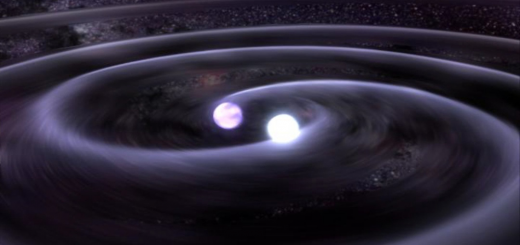Happy Birthday, Helium!

2018 marks the 150th anniversary of the discovery of helium by the French astronomer Pierre-Jules-César Janssen. Helium comprises approximately 24% of mass in the universe, making it the second most abundant element after hydrogen1. So, let’s take a look at exactly how this gas was first identified.
During a trip to Guntur, now known as Andhra Pradesh in India, the intrepid astronomer observed the solar eclipse that occurred on the 18th August 1868. Using a prism, Janssen noticed that the sun’s chromosphere (one of its three atmospheric layers) emitted a bright yellow line and this was the moment that helium was discovered!
In London, two months later, the British scientist Norman Lockyer, also noticed the vivid yellow line when observing the spectrum. He concluded that it must be caused by an as yet unknown element and proceeded to name it helium after the Greek word ‘Helios’, meaning sun.
Lockyer collaborated with the notable chemist Edward Frankland, who had been working on a series of experiments which ultimately helped to identify the gas. Remarkably, this was the first time that an element had been first discovered on another planetary body before being discovered on Earth. Both Lockyer and Janssen are credited with the element’s discovery as they submitted their research papers separately but on the same day to the French Academy of Science.
It wasn’t until almost thirty years later that the Nobel Prize winning chemist Sir William Ramsay isolated the helium locked within cleveite, a radioactive mineral containing uranium. He observed the same yellow absorption line and quickly sent his findings along with a sample to Lockyer as well as another chemist, Sir William Crookes, who were able to verify that it was indeed helium. Ramsey’s work with other inert elements such as xenon and argon ultimately led to the creation of a new section of the periodic table; the noble gases.
We are probably most familiar with helium’s modern use in celebration balloons. This helium has been produced deep in the earth’s crust through natural decay of radioactive elements such as uranium. Helium gas is so light, that even gravity, the force that keeps us firmly on the ground, cannot hold it down, hence why helium-filled balloons float. Helium is also used in airships due to its natural buoyancy and non-flammable characteristics.
Another fascinating property of gaseous helium is that at temperatures reaching absolute zero, it has the capacity to condense into a liquid and display superfluid abilities, even travelling up walls!
Scientists at the Large Hadron Collider at CERN also use helium to maintain the low operating temperatures of their equipment at around 1.9 Kelvin2.
Since its discovery 150 years ago, helium has an abundance of uses exploiting its many interesting properties. What started as a bold yellow line in a spectrum has turned into a gaseous asset that is an invaluable resource to modern science and engineering. Happy birthday, helium!
Edited by Lucy Silcock










